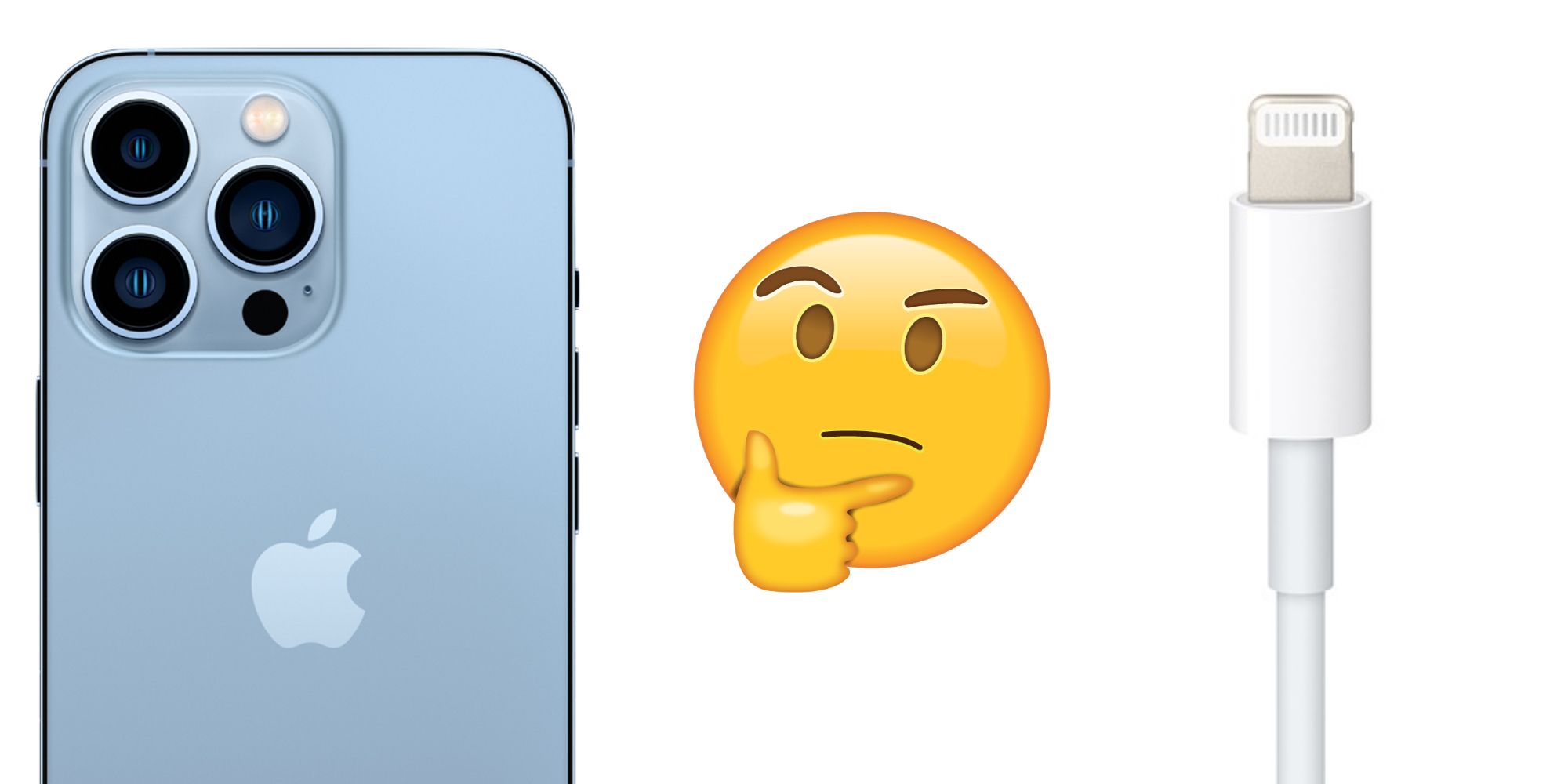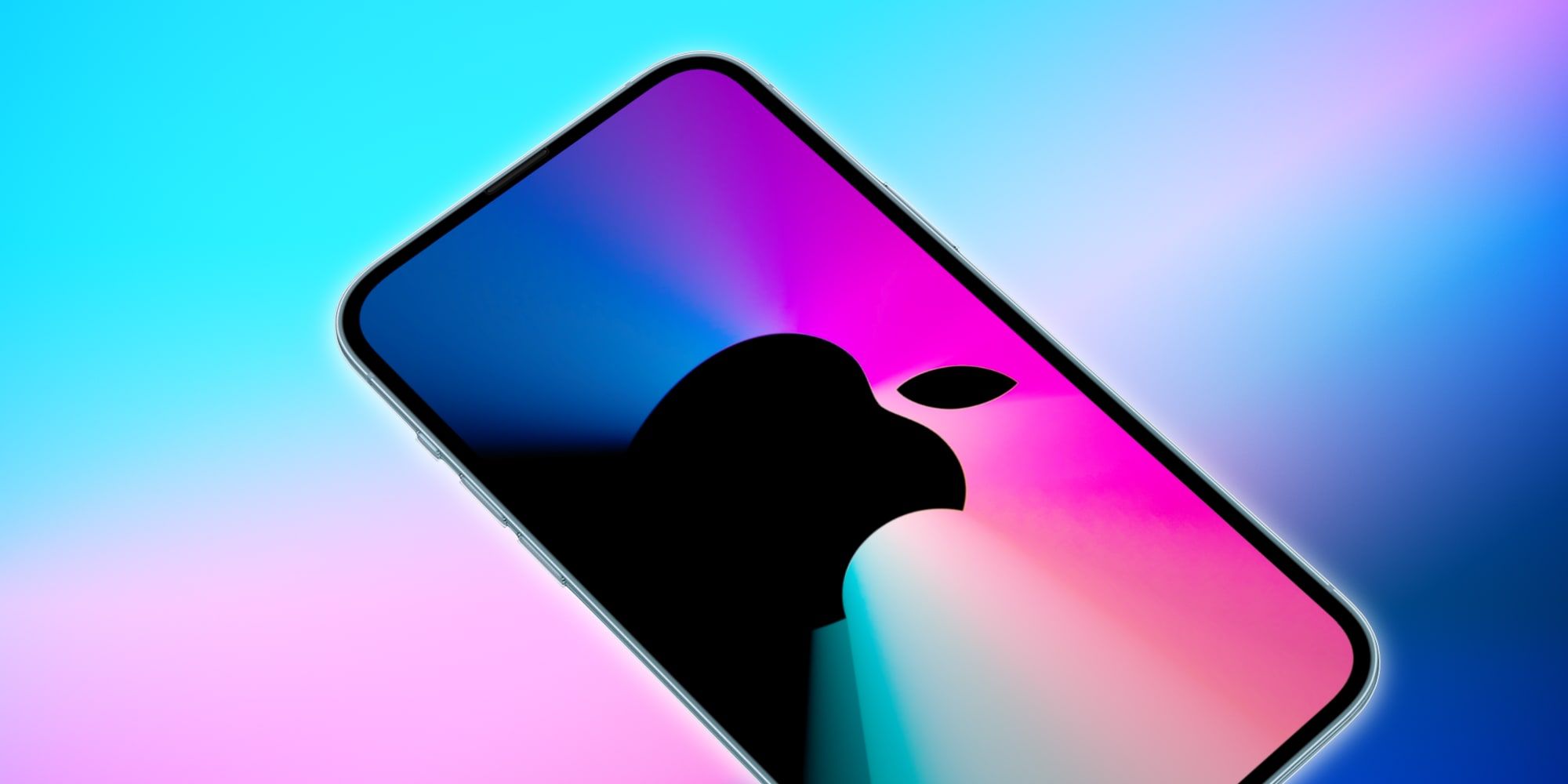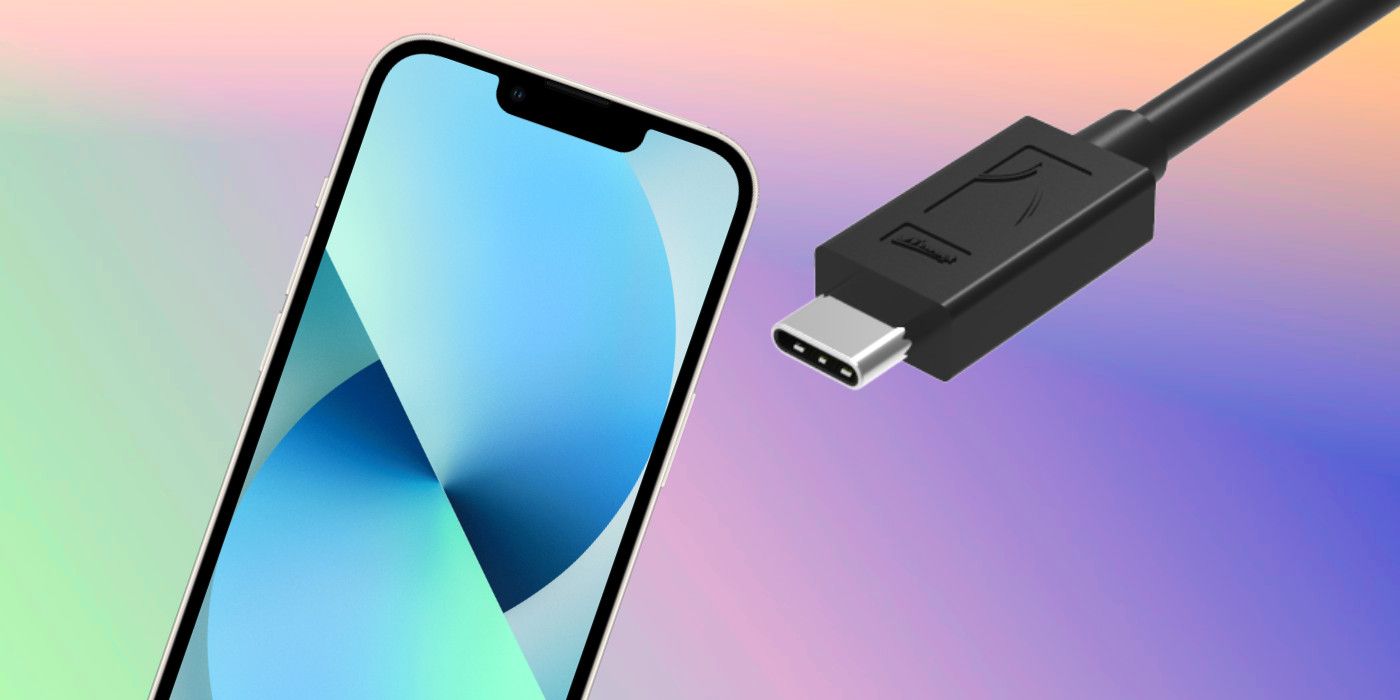Apple's iPhone 13 is a device that has almost everything, but is one of those things a charging port? There are certain features people have come to expect with modern smartphones — especially ones that cost as much as the iPhone 13. This can include a high-quality display, fast performance, great cameras, etc. However, as with every piece of consumer technology, certain trends come and go.
A few short years ago, it was standard practice for every phone to have a 3.5mm headphone jack. Today, that's no longer the case. The same is true of removable batteries. At one point, it seemed like every smartphone had a user-replaceable battery. With modern phones, that's all but extinct. Keeping up with trends that are constantly coming and going can be a lot to remember. Like it or not, it's just the way the smartphone world works.
One such feature that's beginning to get called into question is the charging port. Some companies like Vivo and Meizu have tested the waters by releasing phones without any physical charging port, instead relying entirely on wireless charging. It's also something that's long been rumored for the iPhone. Many rumors suggested that the iPhone 13 would be the first iPhone to ship without a charging port. As it turns out, that's not true at all. Whether someone buys the iPhone 13, iPhone 13 mini, iPhone 13 Pro, or iPhone 13 Pro Max, all four models have the same Lightning charging port.
Future iPhones Might Not Have A Charging Port
It might seem silly to worry about whether a phone has a charging port, but in the case of the iPhone, this is something that gets called into question almost every year. Leading up to every new iPhone release, rumors start to fly around about the upcoming model being portless. Some people corroborate these rumors, others deny them, and it always turns out that the new iPhone does indeed have a charging port. However, that's not to say there won't ever be a future iPhone without it.
While Apple's yet to confirm anything on this front, there are certain indications hinting at a port-less iPhone future. For starters, the release of MagSafe with the iPhone 12 stood out as Apple's way of testing the waters for a new charging solution — one that doesn't require a charging port. MagSafe stuck around with the iPhone 13, and it's continued to become more popular with additional first and third-party accessories. Combined with the fact that Apple hasn't changed/upgraded its Lightning charging port since 2012, and it's not difficult to imagine a model that eventually ditches Lightning exclusively for MagSafe.
As for when any of this will happen, that remains a mystery that's anyone's guess. For now, however, all you have to know is that Apple's iPhone 13 lineup does still have the charging port you're familiar with. There may be a day when that changes, but for right now, that's not the case.
Future iPhones Will Have USB-C
The iPhone 14 has a Lightning connector for charging just like the iPhone 13 series, but the charging port is about to change with the iPhone 15. Apple is finally making the switch to USB-C with its 2023 iPhones, but not of its own accord. An EU mandate is forcing all phones sold in the region to switch to a USB-C charging port, which means Apple has no choice but to comply. Apple has pretty much admitted that it will use USB-C on the iPhone 15, and several reports have corroborated this as well.
As it stands, having a charging port is better than having a portless smartphone. The latter would require investing in more expensive wireless charging or MagSafe accessories, which not all users want or enjoy using. USB-C will also make it easier to use the same charging cable for multiple devices. The iPad lineup has switched to USB-C, and modern MacBooks also ship with the port. So while iPhone 13 and iPhone 14 users will have to contend with using the outdated Lightning connector, things are about to shake up with the iPhone 15 series.
Source: Apple



